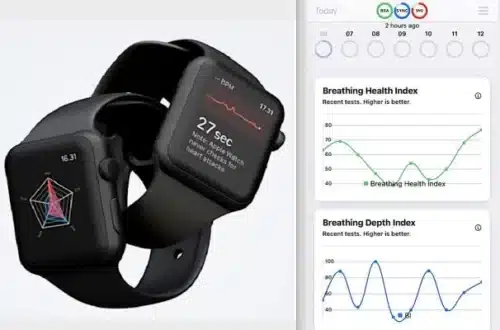Screening individuals for atrial fibrillation (AF) using wearable devices is more cost-effective than screening using traditional methods such as electrocardiograms (ECGs) and pulse palpation, according to new research.
The technology is evolving and providing scalability very effectively. Massachusetts General Hospital (MGH) has studied the use of contemporary wrist worn devices and how they are turning out to be an efficient alternative to various technologies. The study analyzed a reduction in stroke incidence and could help to detect less frequent AF episodes through its ability to monitor for potentially irregular heart rhythm on a near-continuous basis.

“The proliferation of wrist-worn devices for AF detection provides a convenient option for population-wide screening, though it’s not known if their use will lead to increased costs and problems related to follow-up testing and false positives,” said Jagpreet Chhatwal, director of the MGH Institute for Technology Assessment.
“We, therefore, simulated a virtual trial comparing clinical and cost outcomes under different AF screening strategies, and showed that those using wrist-worn devices resulted in greater benefits compared to traditional modalities, and at a cost deemed affordable to the healthcare system.”
MGH researchers tested eight screening strategies – six using wrist-worn wearables and two employing pulse palpation and ECG. These six devices included two types of technology : photoplethysmography (PPG) and ECG. the tests were performed using a simulation of a 30-million-person cohort of people 65 and older.
“We believe our findings provide justification for integrating wrist-worn wearables into AF screening programs, and potentially targeting populations younger than the typically recommended age of 65 for AF screening, perhaps even as low as age 50,” said Shaan Khurshid, an electrophysiology fellow at MGH.
“The ability to use these monitoring devices over extended periods could lead to the detection of infrequent paroxysmal AF, which is otherwise very difficult for clinicians to diagnose.”
Steven Lubitz, a cardiac electrophysiologist at MGH, added: “Our study might trigger additional research to determine how healthcare professionals can best deploy wrist-worn screening to improve AF-related outcomes, such as stroke prevention.”
The technology is evolving and providing scalability very effectively. Massachusetts General Hospital (MGH) has studied the use of contemporary wrist worn devices and how they are turning out to be an efficient alternative to various technologies. The study analyzed a reduction in stroke incidence and could help to detect less frequent AF episodes through its ability to monitor for potentially irregular heart rhythm on a near-continuous basis.
“The proliferation of wrist-worn devices for AF detection provides a convenient option for population-wide screening, though it’s not known if their use will lead to increased costs and problems related to follow-up testing and false positives,” said Jagpreet Chhatwal, director of the MGH Institute for Technology Assessment.
“We, therefore, simulated a virtual trial comparing clinical and cost outcomes under different AF screening strategies, and showed that those using wrist-worn devices resulted in greater benefits compared to traditional modalities, and at a cost deemed affordable to the healthcare system.”
MGH researchers tested eight screening strategies – six using wrist-worn wearables and two employing pulse palpation and ECG. These six devices included two types of technology : photoplethysmography (PPG) and ECG. the tests were performed using a simulation of a 30-million-person cohort of people 65 and older.
“We believe our findings provide justification for integrating wrist-worn wearables into AF screening programs, and potentially targeting populations younger than the typically recommended age of 65 for AF screening, perhaps even as low as age 50,” said Shaan Khurshid, an electrophysiology fellow at MGH.
“The ability to use these monitoring devices over extended periods could lead to the detection of infrequent paroxysmal AF, which is otherwise very difficult for clinicians to diagnose.”
Steven Lubitz, a cardiac electrophysiologist at MGH, added: “Our study might trigger additional research to determine how healthcare professionals can best deploy wrist-worn screening to improve AF-related outcomes, such as stroke prevention.”






